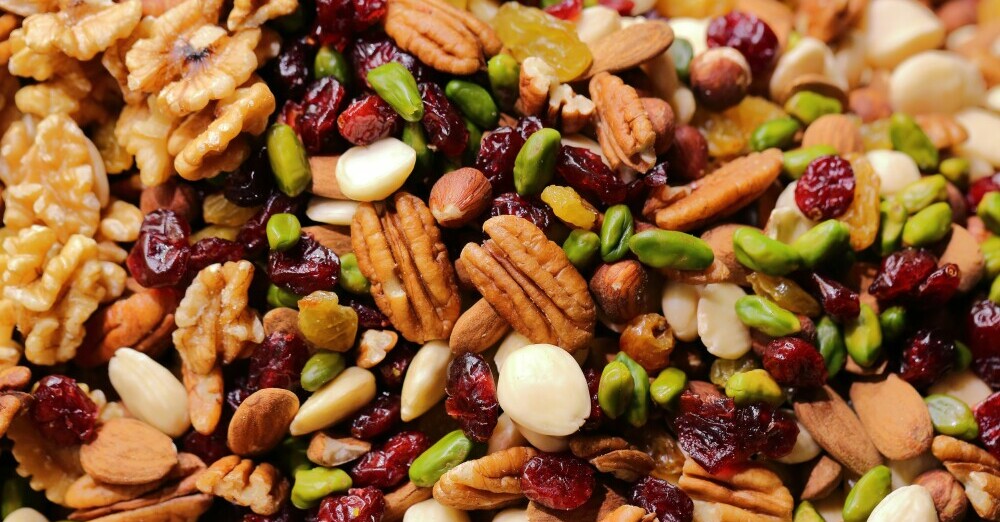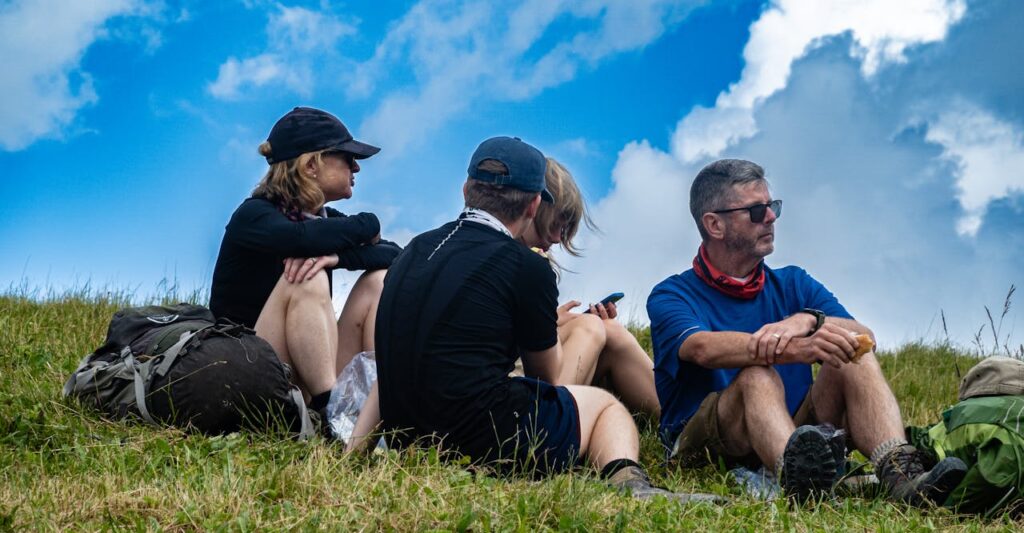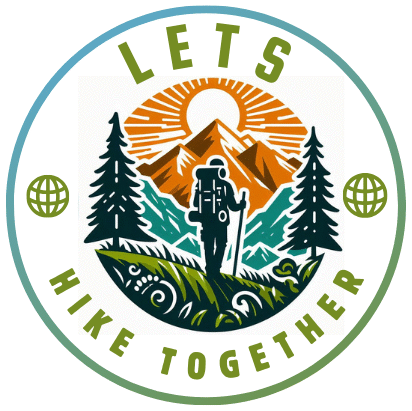Fuel Right, Hike Strong: A Guide to Trail-Ready Nutrition
Planning your meals for a multi-day hike isn’t just about keeping hunger at bay, it’s about giving your body the fuel it needs to perform on challenging trails. Whether you’re climbing mountain passes or trekking through backcountry forests, smart hiking nutrition can be the difference between powering through or burning out.
In this guide, we’ll cover everything from lightweight backpacking food ideas and daily meal suggestions to hydration tips and sustainable trail-eating practices. If you’re wondering what to eat on multi-day hikes, how to keep meals light but calorie-dense, or how to plan hiking meals that match your dietary needs, you’re in the right place.

🥾 Why Trail Nutrition Matters on Multi-Day Hikes
Long-distance hikes burn a lot of calories. You’re constantly moving, often with a heavy pack and over varied terrain, which means your energy demands are much higher than usual. Supplying your body with the right mix of carbohydrates, proteins, and healthy fats is essential for endurance, recovery, and overall well-being.
Fats offer long-lasting fuel to keep you going throughout the day.
Carbohydrates provide quick energy for climbs and long treks.
Proteins support muscle repair and recovery.
Don’t Forget Hydration
Staying hydrated on the trail is just as important as eating well. Bring plenty of water, drink regularly, and use electrolyte mixes to replace lost minerals, especially at high altitudes or in hot conditions.
Avoid Common Mistakes
- Relying too much on sugar-heavy snacks
- Packing bulky, heavy, or spoil-prone foods
- Underestimating your calorie needs
Planning your meals in advance helps avoid energy crashes, stomach troubles, and fatigue—making your adventure safer and more enjoyable.
🔍 How to Plan Hiking Meals for Multi-Day Trips
No two hikers are alike. Your body size, fitness level, trail intensity, and climate all affect your nutritional needs. Here’s what to consider when preparing a multi-day hiking meal plan:
- Trail difficulty: More elevation = more calories needed
- Climate: Cold weather and high altitude increase calorie and hydration needs
- Dietary restrictions: Gluten-free, vegan, or allergy-sensitive? Plan accordingly
- Personal preferences: You’ll be eating the same food for days, make it enjoyable!
💡 Tip: Use nutrition tracking apps like MyFitnessPal or Cronometer to calculate your ideal calorie intake and macronutrient balance before hitting the trail.
🔗 Check out USDA’s MyPlate for healthy eating guidance
🍲 Fueling the Trail: Easy and Nutrient-Dense Meals for Multi-Day Hikes
Here are practical, no-fuss meal ideas for breakfast, lunch, and dinner that are lightweight, shelf-stable, and packed with nutrients.
🌅 Breakfast Ideas
Start strong with energizing options:
- Instant Oatmeal or Overnight Oats (add dried fruit, nut butter, or powdered milk)
- High-Calorie Breakfast Bars (Clif, Probar, or RXBAR)
- Instant Grits or Polenta with oil or cheese powder
- Dehydrated Eggs (pair with tortillas for wraps)
🥪 Lunch Ideas
Simple, no-cook meals to keep you moving:
- Tortillas with Nut Butter and Honey
- Tuna or Salmon Pouches with Crackers
- Dehydrated Hummus with Pita
- Hard Cheese and Summer Sausage (best in cooler temps)
🌄 Dinner Ideas
Warm, filling meals for recovery and comfort:
- Dehydrated or Freeze-Dried Meals (just add hot water)
- Ramen + Dehydrated Veggies + Powdered Eggs or Chicken
- Instant Couscous or Rice + Lentils or Chicken Packets
- One-Pot Pasta or Mac & Cheese with Added Protein
⚡ Trail Snack Essentials
- Trail mix (nuts, dried fruit, chocolate)
- Granola bars and energy chews
- Jerky and nut butter packets
- Electrolyte drink powders
🔗 More healthy snack ideas from Cleveland Clinic
🎒 Backpacking Food Tips: Lightweight, Calorie-Dense & Organized
Every ounce matters when you’re carrying gear for days. Here are a few smart strategies to streamline your trail meals:
- Pre-portion meals in resealable bags for convenience and freshness
- Use dehydrated and freeze-dried foods to cut down on weight
- Pack perishable items on top for quick access and temperature control
- Follow “pack it in, pack it out” to reduce waste—bring reusable bags or containers for trash
Go to the post: Beginner’s Guide To Choosing The Right Hiking Gear

🌿 Leave No Trace: Sustainable & Safe Trail Eating
Being a responsible hiker means minimizing your impact. Practice Leave No Trace principles by:
- Using bear-proof containers or bear hangs in wildlife areas
- Choosing local or seasonal ingredients when prepping meals
- Cleaning cookware thoroughly to prevent bacteria or odors
Supporting ethical food brands that prioritize sustainability and animal welfare
FAQs: Hiking Nutrition & Backpacking Food
Q: What are the best high-protein hiking foods?
A: Jerky, nuts, protein bars, and dehydrated beans.
Q: What are top lightweight meals for hiking?
A: Dehydrated meals, trail mix, instant noodles, and instant oats.
Q: How do I keep meals fresh on multi-day hikes?
A: Use dehydrated/freeze-dried meals, airtight bags, and bear-safe storage.
Q: How much water do I need to carry?
A: Varies by climate, but drink regularly. Add electrolytes when sweating heavily.
Q: Can I meal plan for vegan/gluten-free diets?
A: Absolutely! Use plant-based jerky, gluten-free wraps, and allergen-safe dehydrated meals.

Final Thoughts: Eat Smart, Hike Strong
Planning your hiking meals may take a little effort, but it pays off big on the trail. You’ll move better, recover faster, and enjoy every mile more. Prioritize balanced nutrition, lightweight packing, and smart hydration, and you’ll be ready for whatever the trail throws your way.
Got a favorite trail food or hiking meal tip? Drop it in the comments!
If you found this helpful, share it with your hiking crew or on social media.
📌 Don’t miss: Beginner’s Guide to Choosing the Right Hiking Gear
